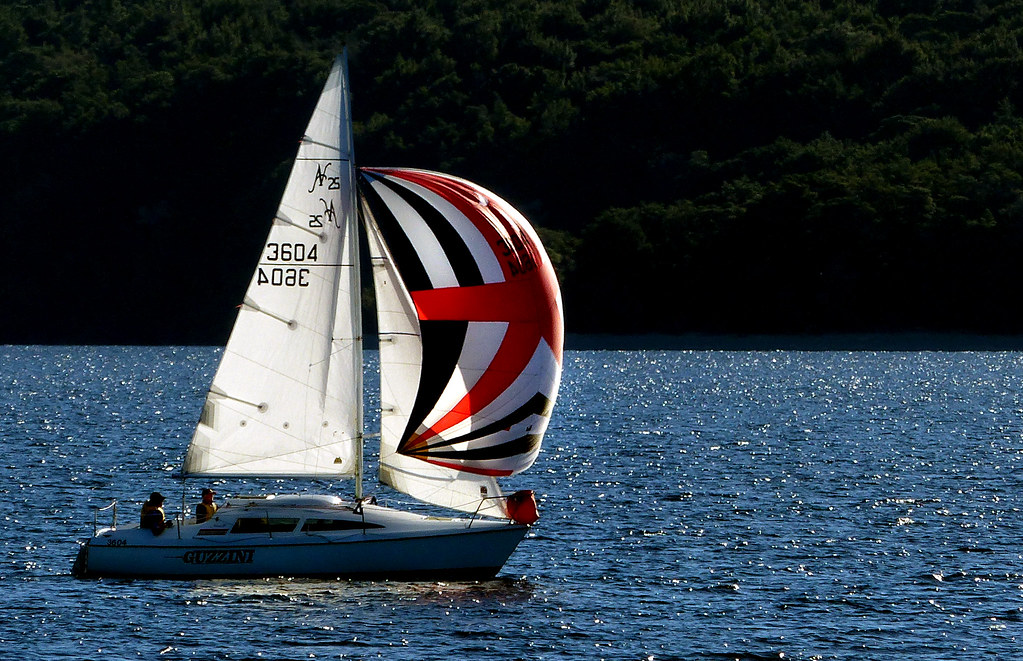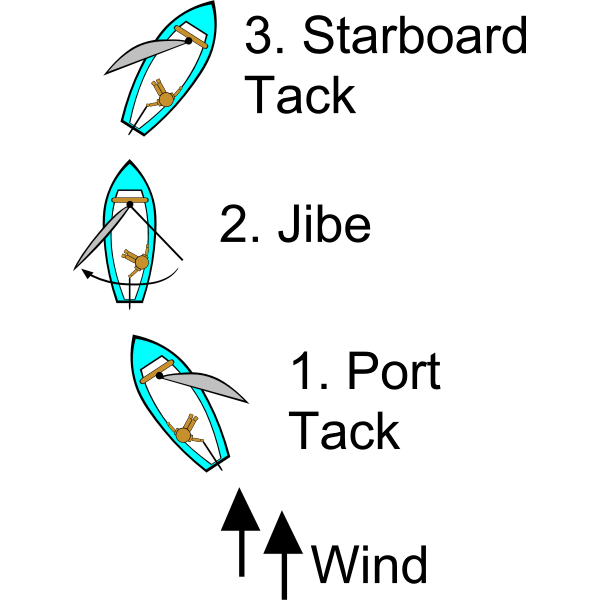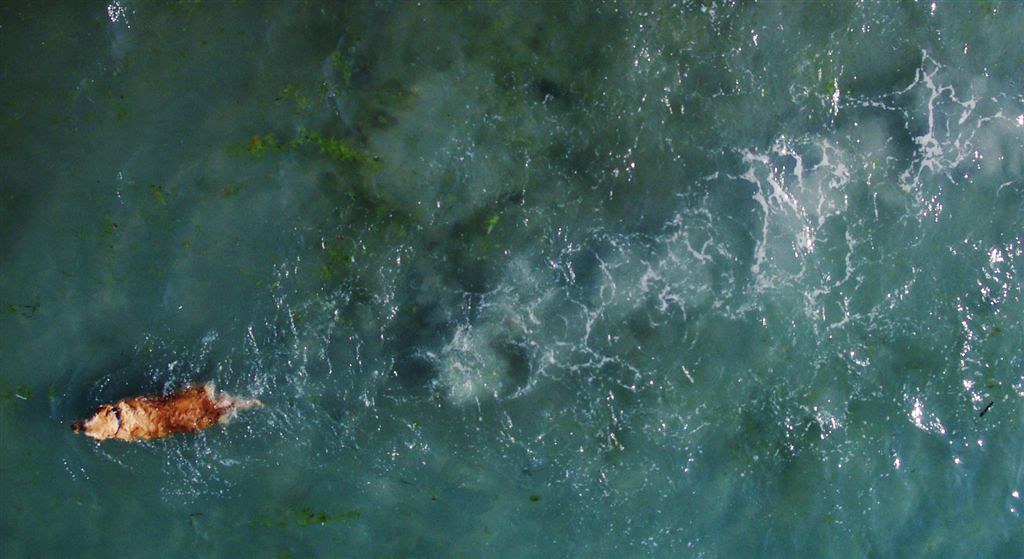In this article, we will be focusing on ‘How do sailboats go against the wind’. While organizing all the information regarding the core topic the first thing that came to mind is something else. In our childhood, lots of us used to dream about being sailors. Stories of Sindbad or, Captain Jack Sparrow made us thrilled and took us to a fantasy world, right?
In reality, you have to have skills and proper knowledge about the techniques of sailing. How do sails work? If you start studying about basics physics of sailing, then you will find some factors that are important. Among them, the must-have factor is ‘wind’. The wind is one of the strongest energy forms in the world.
So, if you are thinking of going against the wind speed with a sailboat, then you have to change your mind. Well, I would say not to change your mind exactly. Just change the angle of your thinking by 45 degrees. Going directly against the incoming wind is not possible. With a modern-day sail boat, can you sail against the wind and this technique will help you to reach your destination. We will gradually discuss the mechanism and some other relative topics in detail in this article.

What is the Most Efficient Path to sail against the wind:
Sailing 45-Degree Angle:
If you can apply your intuition on wind direction and can play with the wind pressure in the right manner then sailing against the wind term is a child’s play for you. I mentioned the 45-degree technique earlier. What is it with this technique then? When it comes to handling the wind, it is the same concept for both aircraft and sailboats! The basic law of aerodynamics is applicable here.
Let’s get introduced to some terms at first: downwind, upwind, side-wind, along-wind and tacking. Downwind is going in the same direction as the wind. Upwind is the opposite.

Downwind Sailing:
Is it faster to sail upwind or downwind? Downwind is the faster way to sail. Downwind is the easiest one. The wind rather speeds up the boat in that case. Sometimes you can Sailing downwind faster than the wind. In ancient times, the boats needed a push from behind. But the sailor also had to set the sails perpendicular to the wind at the same time.
At that time, if the upwind was not enough for the right speed, they rowed simultaneously. What is downwind sailing? If you watched movies or TV series or paintings based on the 18th and 19th century period, then you probably noticed that boats used to have square-rigged sails. When the wind helps to propel the sail configurations, the square-rigged shape accelerates this propelling.

Sailing Diagonally:
I already mentioned that it is not possible to straight into the wind. You will notice that mostly sailboats move diagonally into the wind. This is kind of similar to the air-foil situation. When the wind goes straight through an airplane, it has to cross the wings of the plane. The wind goes over the wings can go further than the wind goes below the wings. Hence, a pressure difference is produced. This difference gives the plane an additional lift.
This helps the vehicle to speed up. An almost similar incident happens in the case of a sailboat. When the wind comes from the opposite direction of the sailboat at a slight angle, a pressure difference is also produced. This difference directs the total wind force to about 112.5 and creates a lift perpendicular to the wind direction. Keeping this angle in mind the sailor can sail and keep going to the destination.
Tacking and Jibing in sailing:
Now, let’s talk about tacking. Tacking is a technique that allows the sailor to turn the boat around by turning across the wind. That means you can move forward your boat in a zig zag way. This is called tacking. This is the easiest way to define this technique. Tacking is essential expertise if you want to sail your boat towards the wind on the close-hauled point. We will discuss the points next.

What is jibing? Jibing is a basic sailing move that is the opposite of tacking. It involves turning the back of the boat into the wind so that the wind goes from one side of the boat to the other.
For now, I can say that the close haul is the area right beside the 45 degrees on either side of the wind blow. We can call this 45-degree area on either side of the wind ‘Grey Zone’ for now. While tacking, the sailor conducts the nose of the boat from one edge of the grey zone to the other edge of the grey zone through the wind blowing area. Another tacking way is the beating. It is actually moving towards the destination in a zigzag way. Collectively this series of tacking is called beating. I would suggest you practice this on dry land at first if you are a beginner.
Points of Sail on a Sailboat:
There are some sailing points around the wind force area.
These points help you to get answers to two questions: what is the fastest point of sail and how do sailboats sail into the wind. But, also keep in your mind that the resistance from the water is also there.
- Running downwind
- Into the wind
- Close-hauled
- Reaching
- Close reach
- Beam reach
- Broad reach (the fastest point for sail)

Running downwind:
The first one is ‘Running’. When your boat is going downwind, the 45-degrees of the wind blowing zone on either side is running point. You remember the pressure difference I mentioned earlier, right? That difference lifts the square sails towards the wind and adds up the speed. If the wind is pleasant, then sailing at the running point is a delightful experience.
If you were wondering about “how to sail into the wind”, then this was the answer. Next comes the broad reach. It is more pleasant than running. When the wind comes a bit tilted and you are going in the same direction as the wind, then broad reach is the best option. If I try to explain it through the angular concept, then I can say that this zone includes from the ending of the running point to 45-degrees on either side of the wind blowing point.

Close haul point:
To understand the next point, let’s go to the ending of the close haul point. Now, if you sail from that point to 22.5 degrees more, then this whole zone is called Close Reach point and if you go 22.5 degrees more then, that is called beam reach point. Beam reach is an interesting point. Because you get to handle both the angle of attack and the angle of incidence at this point. These two are important in aerodynamics study.

Conclusion:
If you start learning about the Art of sailing speeds techniques, then it is a never-ending study. To me, it rather gets more interesting as you get to know more about the physics and aerodynamics laws and their applications. With these studies, you will also realize that being intuitive about wind direction can be a big advantage for a sailor. “How Do Sailboats Go Against the Wind?” should now be easy to understand after reading this. I would say before you sail your boat, do practice on dry land and assist any sailor to learn practically the whole thing for a few days. This will scale up your skill in no time.
I am a boating specialist with over 10 years of experience. I have worked with all types of boats, from small fishing boats to large yachts. I am passionate about boating and love helping people enjoy the water. I am an expert in boat maintenance and repair, and I am also a certified boat captain. I am available for charter trips and private lessons.
